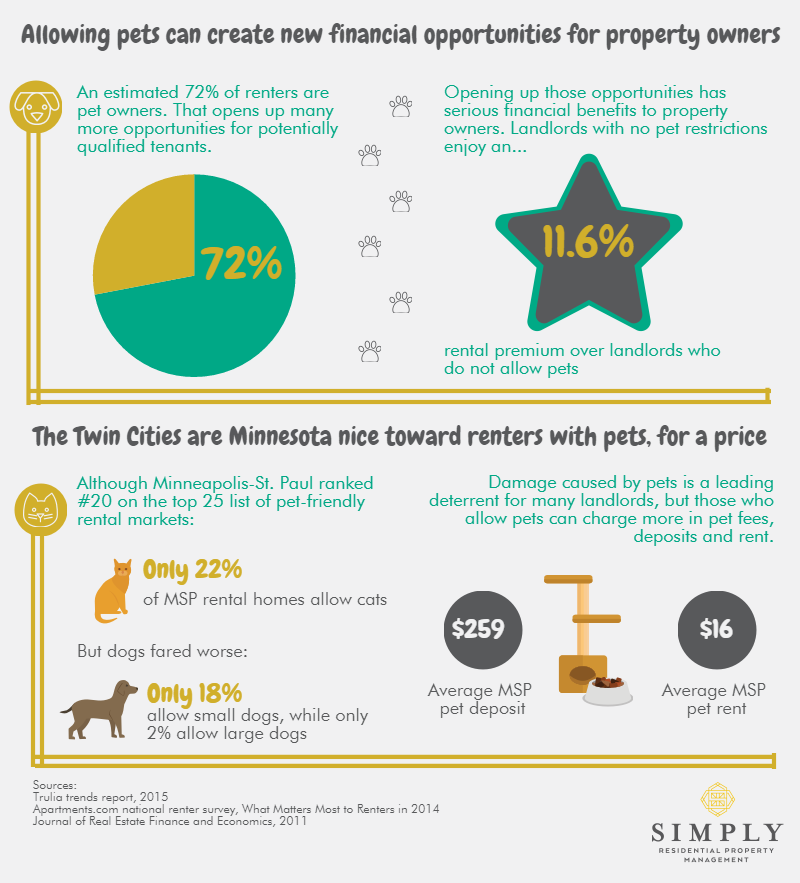In the nearly ten years I’ve been in the property management business, I’ve helped my clients circumvent the myriad of lawsuits that seem to stem from one simple location — the security deposit. Of all the litigation that could possibly arise from the landlord/tenant relationship, this single factor has caused the most grief for the former. The argument mostly comes down to what is considered normal wear and tear, and what is considered excessive damage. Who is responsible for these damages? Luckily, we have the experience to protect the best interests of our clients. Here’s what we do to ensure that your investment, and your reputation, remain in good condition.
As a rule, property owners are responsible for normal wear and tear. This means that as a landlord, you may not use your tenant’s security deposit to perform routine maintenance or repair damage related to normal use. For example, if it’s your policy to paint or clean carpets between each move-out and move-in, that can’t be taken out of the renter’s’ security deposit. The trick with this language is that it’s fairly open for interpretation — just like there’s no baseline ‘normal’ standard for most things in life. A good metric is to consider whether the damage was caused intentionally or through reckless behavior, or if it’s simply from normal use of high-traffic areas. For example, small nicks and chips in paint on the wall, small holes from nails and pins, loose grouting and bathroom tiles, faded or thin carpet from foot traffic, or sun-faded curtains or lampshades are considered normal wear and tear. These things would have happened no matter what tenant was in your home, to a certain extent.
Alternatively, tenants are responsible for excessive damage. This damage is typically caused by abuse or negligence. In these cases, it’s perfectly acceptable to withhold some or all of the tenant’s security deposit to reasonably cover the cost of repairs. A few examples of excessive damage include large holes in the walls, broken windows, removed or missing fixtures, water damage on the walls from hanging plants, doors removed from hinges, or appliances malfunctioning from improper use. While much of this may seem like common sense, I’ve learned through experience to not take chances when it comes to ensuring that your property is protected.
Minnesota happens to be a tenant-friendly state as far as the courts are concerned, so it’s important to be extra vigilant. Especially with the language written in the state statute:
“The landlord may withhold from the deposit only amounts reasonably necessary:
- (1) to remedy tenant defaults in the payment of rent or of other funds due to the landlord pursuant to an agreement; or
- (2) to restore the premises to their condition at the commencement of the tenancy, ordinary wear and tear excepted.
- (c) In any action concerning the deposit, the burden of proving, by a fair preponderance of the evidence, the reason for withholding all or any portion of the deposit shall be on the landlord.”
For this reason, your best friend will always be ample evidence of the condition of your property. The burden of proof is on the owner. That’s why I always advise our new clients, or current clients bringing us new properties, to take photos independently of the condition of their property before anyone else has the chance to touch it. Of course, we always take photos of the property before any tenants move in, sometimes even upwards of 100. That’s also the time when we do a walk-through before the tenants move in. We have a thorough, room by room, floor to ceiling checklist that allows us to document the condition of your property in its entirety, and the tenant signs off on it. We repeat that same process when the tenants move out. This way, the risk of a lawsuit or complaint is mitigated. Even in the event charges are brought about, you’ll have enough documentation to make a strong case, including documentation that the tenant was present and agreed with the damages listed in the walk-through process. Additionally, doing walk-throughs with the tenant sometimes helps add a level of accountability that can dissuade them from doing something irresponsible and potentially damaging to your property.
Since protecting the best interests of our clients is our number one priority, we offer quarterly furnace filter changes and property walk-throughs, so we can help identify any potential lease violations or maintenance concerns before they become irreparable. Prevention, in our opinion, is always better than avoidable and expensive repairs. If you want to hear more about this optional service, contact us today at 952-893-9900!
[Image credit: Tax Credits]


